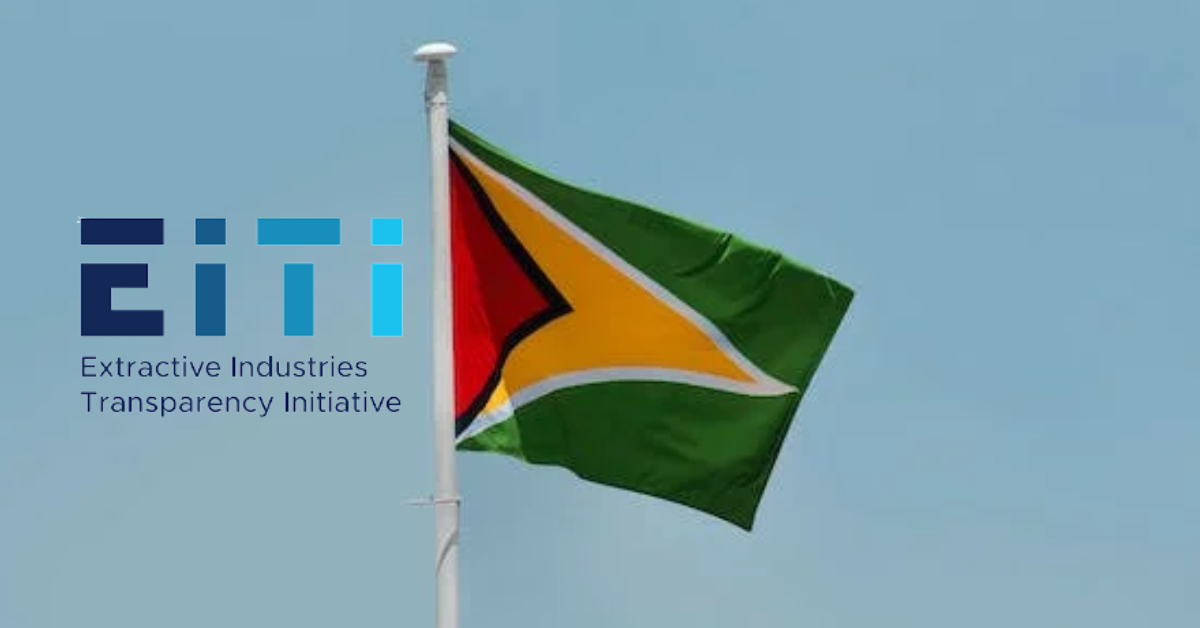Imagine if you drive your car to an Esso gas station and fill your tank with US$27.20 in gas. Then you decide to pay the cashier only US$20 for your gas and you walk out. The police would soon track you down for robbing the franchise owner of that Esso location. Hence, it is puzzling why Exxon, a company that is owned by millions of people, known as shareholders, directly via shares and indirectly via index and other funds, would allow one of its subsidiaries, Esso Guyana, to pay an extra US$7.20 for every US$20 owed in royalty. Has Exxon had a change of heart and started to compensate the Guyanese people for an unfair oil deal? We lack detailed production and sales data for the oil that was produced in the Stabroek Oil Block for 2020. Hence, without this data, if one just looks at the Esso Guyana 2020 financial statements, the royalty is stated in millions as GY$2,049 and revenue in millions as GY$75,430. The royalty as a percentage of ESSO revenues works out to 2.72%. However, the Stabroek contract, specifically Article 15.6, states, “… a royalty of two percent (2%) of all Petroleum produced and sold….” If we use the 2.72% figure as correct, that would represent an overpayment of 36% above the 2% royalty Exxon is required to pay.
Payments to shareholders, usually every quarter, is what an owner of shares in a company such as Exxon would expect to receive for holding on to their stocks. These payments are also known as dividends. There are probably tens of thousands of retirees in the Western World that depend on Exxon to supplement their income with the dividends they provide. In 2020, Exxon paid out US$3.48 in dividends for every one of its more than 4 billion shares for a total payout of US$14.9 billion. However, Exxon reported a loss of US$5.25 per share or a total loss of US$22.4 billion. Hence, a company that had a loss of US$22.4 billion and then had to find an additional US$14.9 billion to pay shareholders in 2020 would be strapped for cash and cannot afford to be generous. Thus, it would seem illogical for Esso to increase Guyana’s royalty by 36% in 2020.Without detailed oil production reports, we lack the data to decipher why the anomalies between what the Stabroek Oil Block contract states and what is shown on the financial statements of the oil companies.
The EITI Standard encourages companies buying oil, gas and minerals from the government or government entities to disclose the volumes received and payments made for the purchase of oil, gas and minerals. To ensure standardisation, the EITI has developed reporting guidelines and model templates for companies to use when publishing their disclosures. To date, several EITI supporting companies including Glencore, Gunvor, Equinor and Total have adopted the guidelines. ExxonMobil – an EITI supporting company –could consider adopting the guidelines into its reporting framework to provide information relevant to stakeholders in Guyana. TotalEner-gies, one of the 7 supermajor oil companies which includes Exxon, discloses detailed oil information on a per country basis. On TotalEnergies website link, https://totalenergies.com/system/files/documents/2021-03/2020-universal-registrationdocument.pdf, one can find its most recent disclosure for 2020. Starting on page 445 of its report, there is a detailed breakdown on a per country basis of payments including taxes, royalties, license bonus, among other figures. There are entries for Guyana in Total’s report, which shows that in 2020 it paid Guyana about US$164,000 in license fees. That figure is broken down where it shows that in 2020, about US$102,000 was paid in license fees to the Guyana Geology and Mines Commission for the controversial Canje block.
One cannot find similar information on Guyana from publicly accessible links from the Exxon, Hess and CNOOC websites and most likely they don’t exist. The oil companies operating in the Stabroek Block may argue from an accounting perspective that the figures are not material, thus no need to disclose. But Total’s report fosters transparency that is why it releases detailed information irrespective of how small the numbers are with respect to its overall operation. It is highly unlikely Exxon, given the US$22.4 billion of losses it incurred in 2020, would have given Guyana a 36% increase in royalties. Hence, we request that with regard to the EITI guidelines that Exxon, Hess and CNOOC all release timely Guyana oil related data to foster transparency and help the Guyanese people decipher if they are being paid fairly by the oil companies as per the Stabroek Oil Block contract.
Sincerely,
Darshanand Khusial










